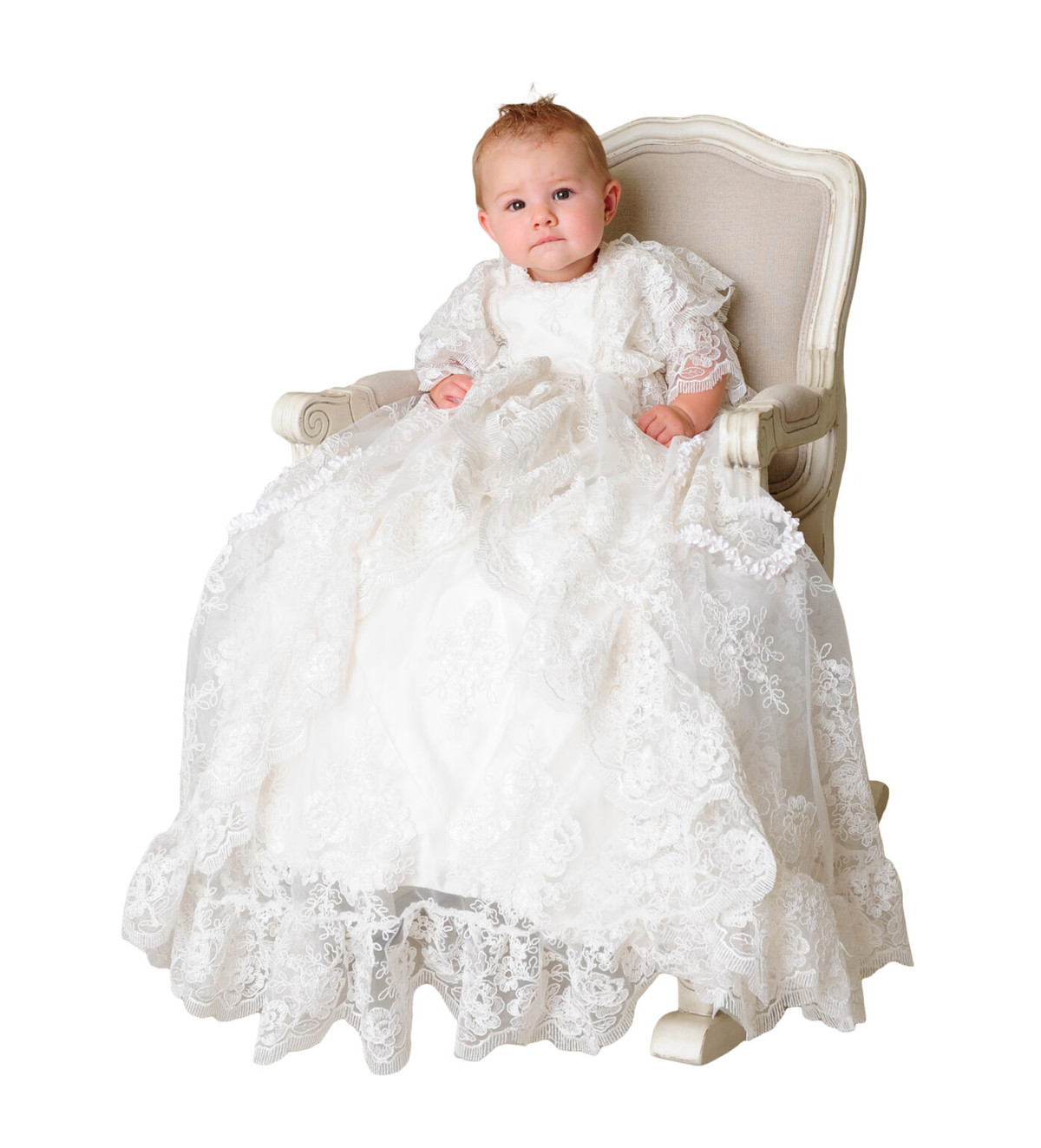The tradition of christening gowns has a rich and enduring history, which transcends today's gender norms. Contrary to contemporary perceptions, boys were once commonly adorned in christening gowns in the past. This article delves into the historical practices surrounding boys' christening attire and explores notable examples of this tradition.
Historical Context
In centuries past, the distinction between boys and girls in terms of clothing was not as pronounced as it is today. During the Renaissance and the Victorian era, infants of both genders were often swathed in long, flowing christening gowns, reflecting the prevailing fashion of the time. These garments, typically made of luxurious fabrics such as silk or satin, featured intricate lacework, delicate embroidery, and other embellishments which symbolized the solemnity of the religious ceremony.
Royal Examples of Boys Wearing Christening Gowns
The tradition of dressing boys in christening gowns can be observed in the royal families of Europe. Historical records and portraits depict young princes adorned in lavish gowns for their christenings. For instance, in the 19th century, Queen Victoria's sons, including the future King Edward VII, were photographed wearing intricate christening gowns, demonstrating how this practice extended to the highest echelons of society.
Family Heirloom Christening Gowns
Many families cherished the tradition of passing down christening gowns from one generation to the next. These garments became cherished family heirlooms that carried with them the memories and history of the family. The reuse of christening gowns for boys and girls within a family underscored the timeless nature of this tradition and the deep significance placed on continuity and familial connection.
Evolution of Styles for Boys Christening Gowns
While christening gowns for boys shared similarities with those worn by girls, there were subtle design differences that catered to evolving fashion trends. Boys' gowns might have featured slightly less elaborate embellishments, shorter lengths, or specific details like collars and cuffs that aligned with the evolving tastes of the time while still preserving the overall tradition.
Contemporary Revival
In recent years, there has been a resurgence of interest in the historical practice of dressing boys in christening gowns. Some families are drawn to the timeless elegance and symbolism of these garments, embracing the idea that such traditions can be equally meaningful for boys as they are for girls. As a result, designers and artisans today often craft christening gowns that cater to a unisex aesthetic, providing families with the flexibility to choose attire that aligns with their values and preferences.
The historical practice of boys wearing christening gowns speaks to the enduring nature of traditions. From royal families to everyday households, the use of christening gowns for boys was a common and cherished practice. Today, as families revisit these traditions, they contribute to a broader cultural narrative that celebrates the timeless beauty and significance of christening gowns for all infants, regardless of gender.

